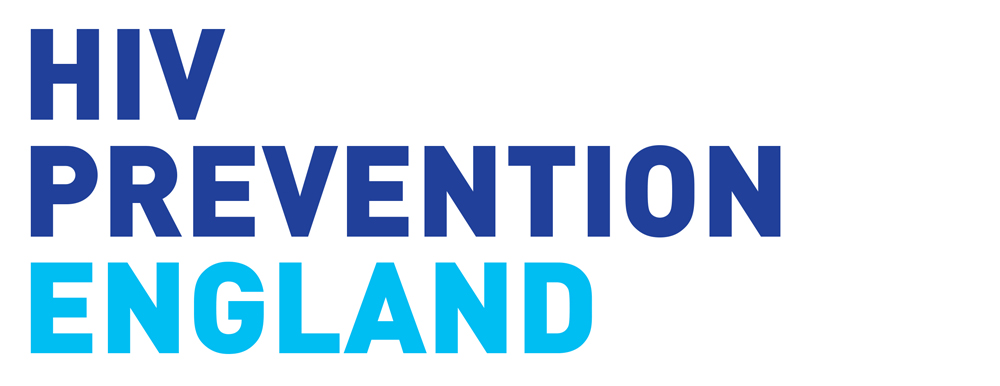Public Health England (PHE) and HIV Prevention England (HPE) are launching a campaign which will focus on raising awareness of shigella amongst gay and bisexual men (GBM). Activities for the campaign will start on Monday 28 June 2021.
Shigella transmitted by sexual contact in GBM has been on the increase in England since the start of 2018. The impact of the COVID-19 pandemic in 2020 saw a reduction in diagnoses, but as England emerges from lockdown we are seeing increases in the North West and Manchester, South East and London. We’re seeking to promote the campaign in areas where we can access the GBM population and similar past scenarios have indicated are at risk of an increase, for example Brighton.
Due to the symptoms of shigella (severe diarrhoea, fever etc.), it is often diagnosed in primary care or emergency departments, rather than sexual health services (SHS).
Shigella transmitted by sexual contact in GBM is now more dominant than the travel-associated variant. It is important that health professionals look out for the signs of shigella in GBM who present symptoms, rather than relying on a recent history of travel abroad.
What is shigella?
Shigella is a bacterial pathogen which causes infection and can lead to severe diarrhoea and hospitalisation. In England infections are increasing in Brighton, London and Manchester and has been linked to transmission through sexual contact among GBM.
Shigella is an overlooked pathogen as a sexually transmitted infection and health professionals’ knowledge about it and the current situation is very low.
The campaign
This digitally based campaign aims to raise awareness of the signs, symptoms and causes of sexually transmitted shigella, and provide information to GBM who think they may have it.
The campaign is targeted to GBM in the most affected areas of England, but resources are available for all local authorities and stakeholders who are concerned about shigella in their local population.
Key messages
Have you experienced a bad case of diarrhoea after sex? It could be shigella. It is often mistaken for food poisoning and is caught from bacteria in poo getting into your mouth during sex.
Find out about shigella and what are the causes, signs and symptoms. Learn how to protect yourself and what to do if you think you have caught it after sex.
Campaign promotion and resources
From Wednesday 23 June 2021:
Download the campaign social media pack [ZIP]
Download campaign posts and links [DOC]
- Share our social media assets and key campaign messages through your communications channels.
- Sign-post people to http://www.sexwise.org.uk/shigella
- Download and print your physical resources
Available assets
- ‘Maybe It’s… Shigella’ poster (size A4)
- ‘Maybe It’s Shigella’ leaflet (size A6, six pages)
Please email [email protected] for more information or support.

